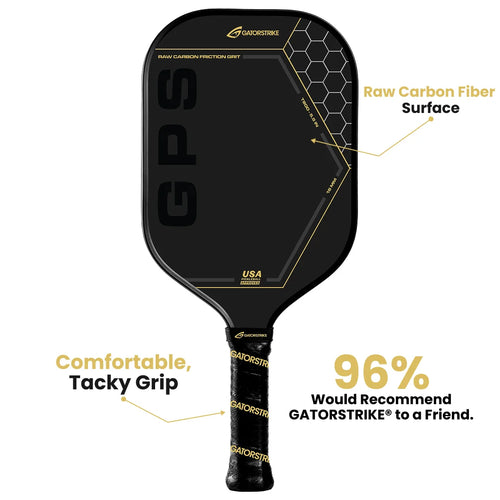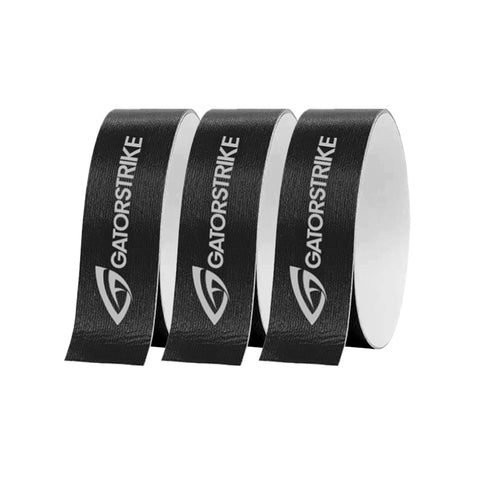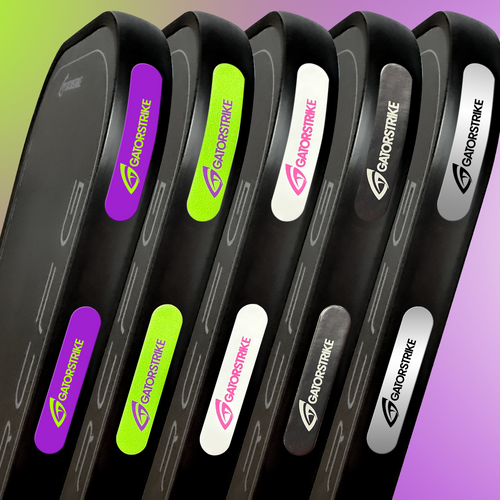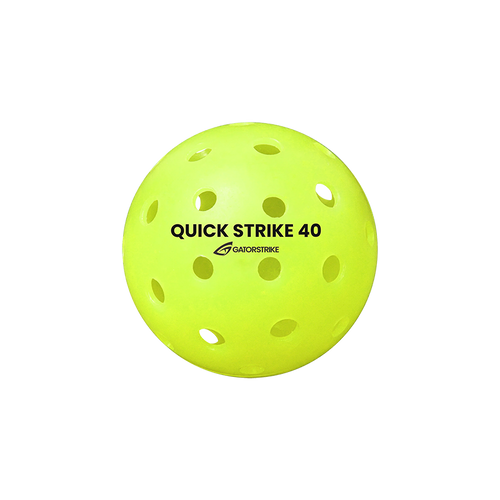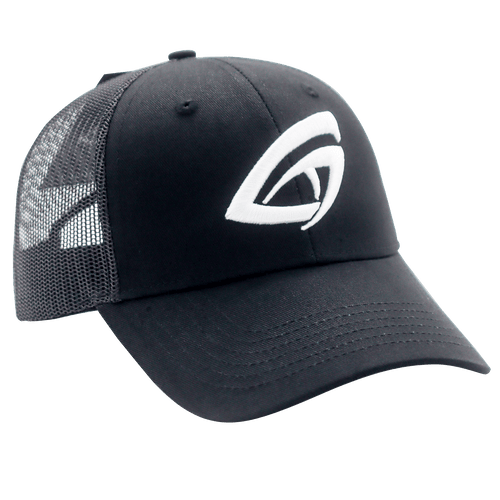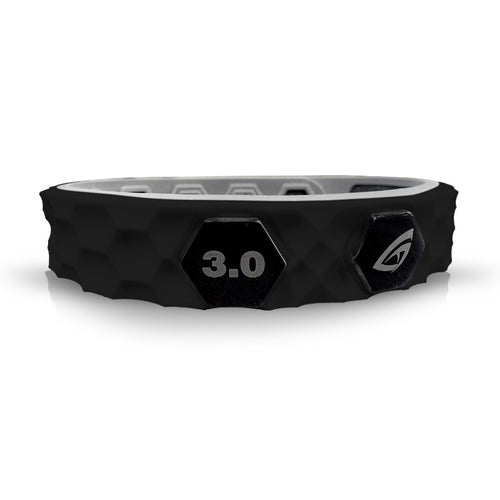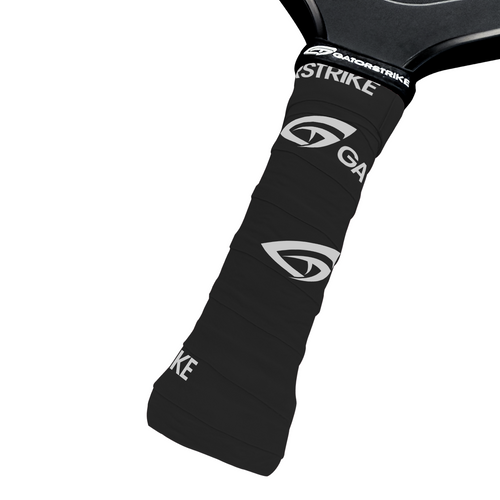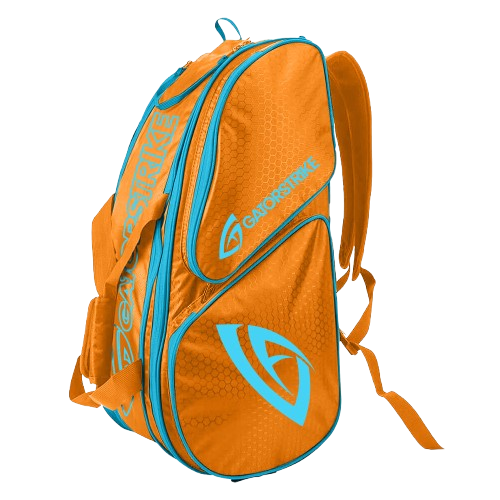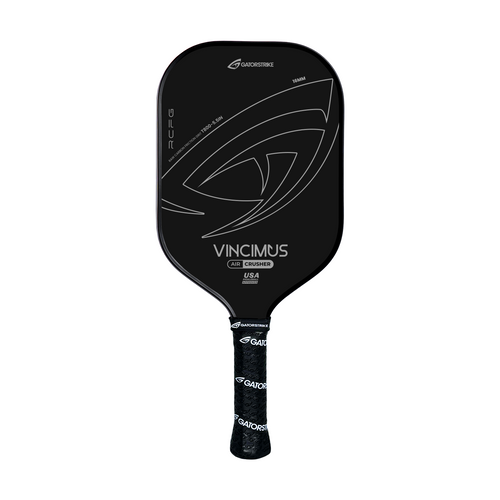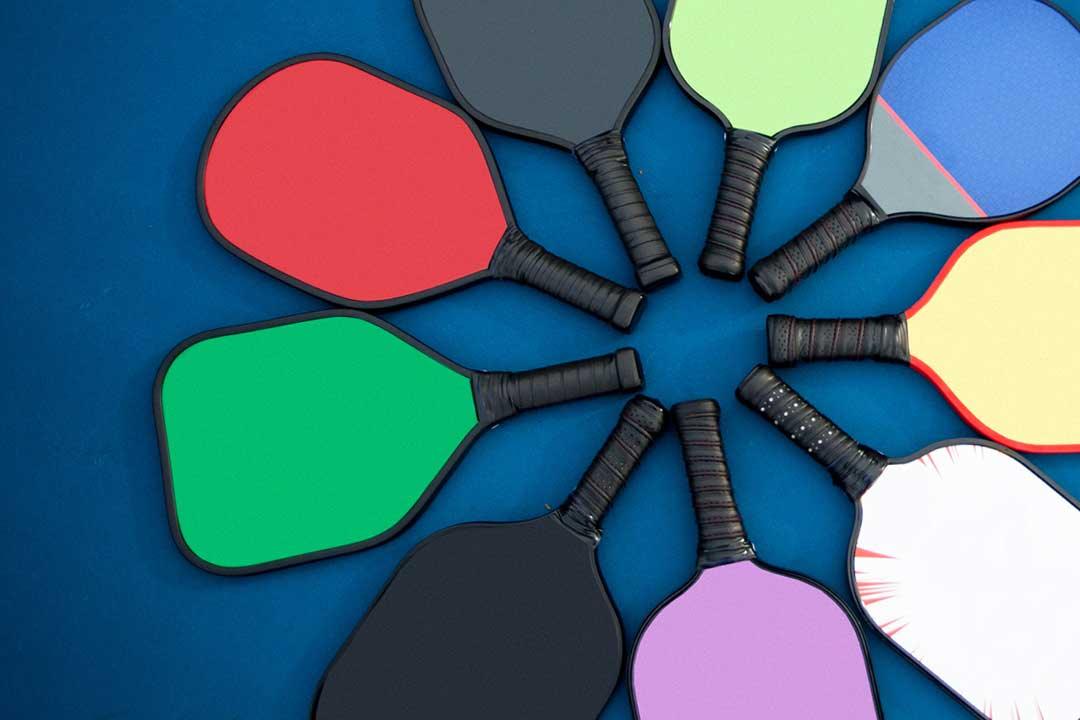
The Evolution of Pickleball Paddles: What’s New?
Share
Introduction to Pickleball Paddle Evolution
Pickleball, a sport once confined to quiet backyards, has skyrocketed in popularity, bringing with it a surge of innovation in equipment design. Among the most significant developments has been the evolution of the pickleball paddle, transitioning from simple wooden slabs to highly engineered tools of precision. Paddle design has progressed in response to player demand, new technologies, and the growing competitiveness of the game. Understanding how these changes have shaped modern paddles provides insight into the future of the sport itself.
Early Pickleball Paddles: Simple Beginnings
The earliest pickleball paddles were rudimentary in design, constructed primarily from plywood. These paddles were heavy, flat, and lacked the refinement we see today. With their basic rectangular shapes and no regard for aerodynamics, the first paddles served the purpose but offered little in terms of performance enhancement. While these wooden paddles were durable, they were cumbersome to use, limiting agility and control during gameplay. Despite their simplicity, they laid the foundation for the technological advancements that were to follow.
Introduction of Composite Materials
As pickleball gained traction, players sought paddles that offered greater versatility and reduced weight. The introduction of composite materials, such as fiberglass and graphite, marked a turning point in paddle design. Fiberglass paddles brought a new level of lightweight maneuverability, while graphite paddles offered superior strength and responsiveness. This shift from wood to composites not only improved player performance but also expanded the variety of paddles available, catering to different playing styles and preferences.
Technological Innovations in Paddle Cores
Beyond surface materials, the internal structure of paddles experienced a revolution with the advent of honeycomb core technology. This innovation created a balance between power and control by utilizing lightweight cores made from polymer, Nomex, or aluminum. Each material offered distinct benefits: polymer cores provided a softer, more forgiving feel; Nomex added rigidity and durability; and aluminum delivered excellent touch and precision. The combination of these core materials with composite surfaces allowed for paddles that catered to specific playing preferences, whether it was power, finesse, or balance.
The Impact of Carbon Fiber on Paddle Design
Carbon fiber emerged as a game-changer in pickleball paddle design. Its incredible strength-to-weight ratio allowed manufacturers to create paddles that were not only lighter but also more durable than ever before. Carbon fiber paddles became synonymous with high performance, offering a level of responsiveness and control that other materials struggled to match. Players could now strike the ball with more accuracy while maintaining the strength required for powerful drives. As a result, carbon fiber paddles quickly became a favorite among competitive players looking for an edge on the court.
The Role of Edge Guards and Surface Texture
As paddles evolved, so too did the need for protective features and surface enhancements. Edge guards were introduced to prevent chips and cracks in the paddle, particularly during intense gameplay. However, designers had to balance protection with performance, ensuring that the added weight of the edge guard didn’t detract from the paddle’s maneuverability.
Another significant development was the inclusion of textured surfaces, which allow players to impart more spin on the ball. These textures, often applied to composite or carbon fiber paddles, gave players greater control over their shots, adding a strategic element to the game. With these innovations, players could customize their shots to suit different situations, whether they needed a sharp, spinning return or a powerful smash.
Customization and Personalization
As pickleball paddles became more advanced, the desire for customization grew. Players now have the option to adjust their paddle’s weight, balance, and grip size to suit their personal preferences. Lead tape, for example, can be applied to alter the paddle’s weight distribution, while different grip materials and thicknesses allow for greater comfort and control.
In addition to performance modifications, many manufacturers offer paddles with custom designs, allowing players to express their personalities on the court. From bold colors to intricate patterns, personalized paddles have become a popular way for players to make their mark while maintaining top-tier performance.
Paddle Innovations for Different Playing Styles
The diversity in pickleball playing styles has driven innovation in paddle design. Players who prioritize power, for instance, may opt for paddles with a heavier weight and stiffer core to deliver maximum force in their shots. Conversely, players who value control and finesse may choose lighter paddles with softer cores that provide greater touch and maneuverability.
Additionally, paddle manufacturers have begun developing specialized paddles for specific player needs. For example, some paddles are designed for players who prefer a blend of power and control, offering a balanced feel that accommodates a wide range of strategies. By aligning paddle design with individual playing styles, manufacturers ensure that players can find the perfect tool to enhance their game.
Regulation and Standards for Paddle Design
As paddle technology advanced, governing bodies such as USA Pickleball (USAPA) implemented regulations to ensure fair play. Paddle dimensions, surface roughness, and deflection characteristics are now subject to stringent standards to prevent any undue advantage. These regulations maintain the integrity of the sport by ensuring that innovations in paddle design do not disproportionately impact gameplay.
However, within these boundaries, manufacturers continue to push the envelope, developing paddles that maximize performance while adhering to official guidelines. This delicate balance between innovation and regulation ensures that players benefit from cutting-edge designs without compromising the fairness of the game.
The Future of Pickleball Paddles
The evolution of pickleball paddles shows no signs of slowing down. Emerging materials such as Kevlar and advanced polymers are being explored for their potential to enhance durability, power, and control. Additionally, smart paddle technology—incorporating sensors to track performance metrics—may soon make its way onto the court, offering players real-time data to improve their game.
Looking ahead, we can expect paddles to become even more specialized, with manufacturers fine-tuning designs to cater to individual playing styles and preferences. The next generation of paddles will likely be lighter, stronger, and more customizable than ever before, ensuring that players at all levels can continue to push the boundaries of their performance.
In conclusion, the evolution of pickleball paddles reflects the sport’s rapid growth and increasing sophistication. From the early wooden paddles to today’s high-tech composites and carbon fiber designs, paddle technology has continually adapted to meet the needs of players. As new materials and innovations emerge, the future of pickleball paddles promises to be just as exciting as the game itself.
